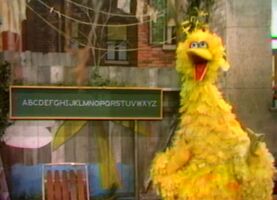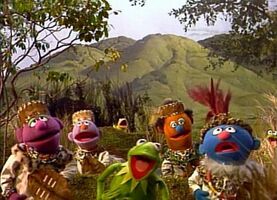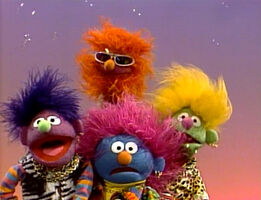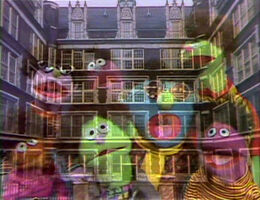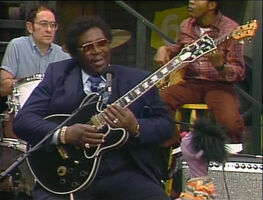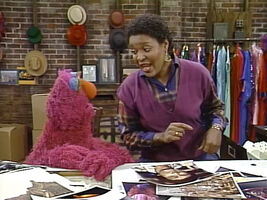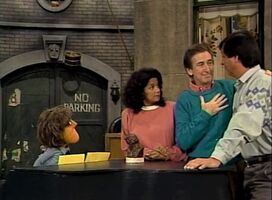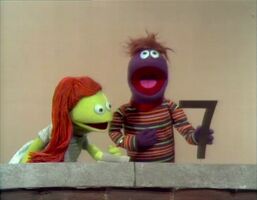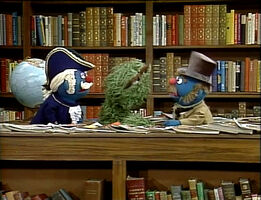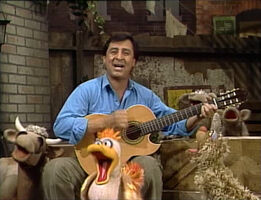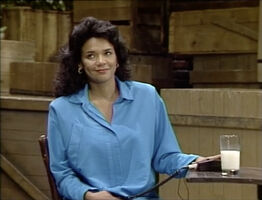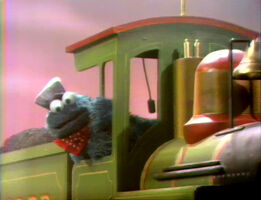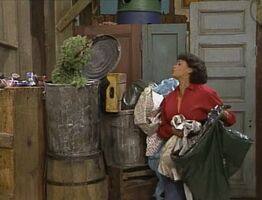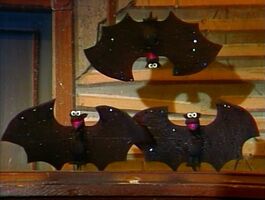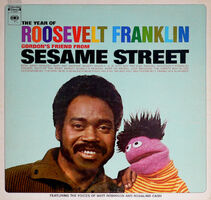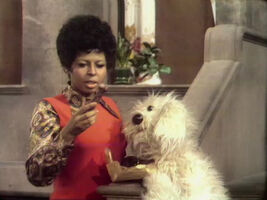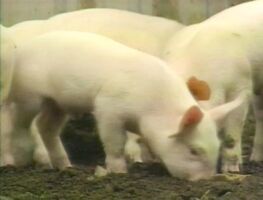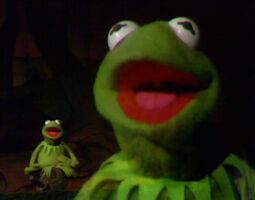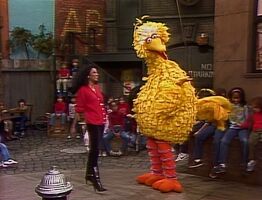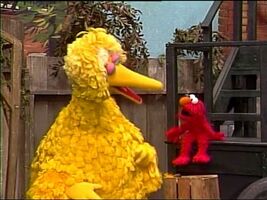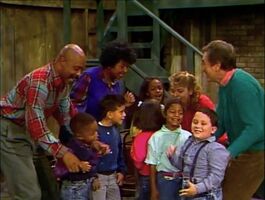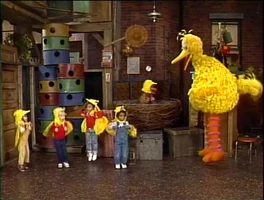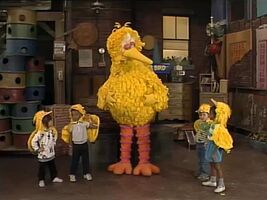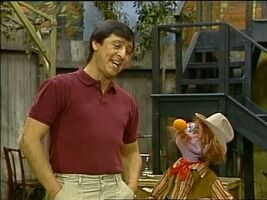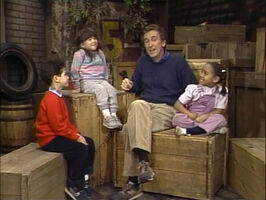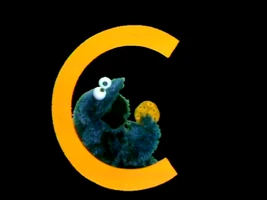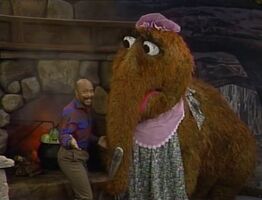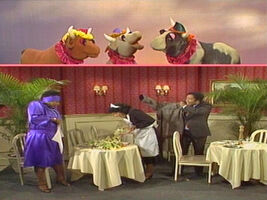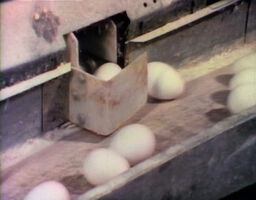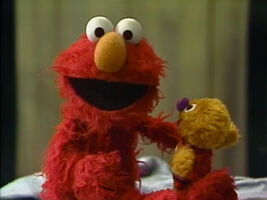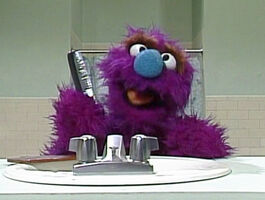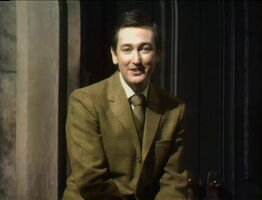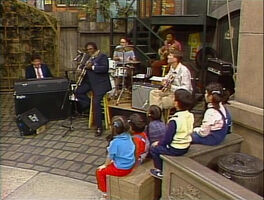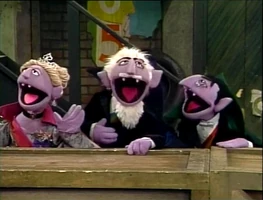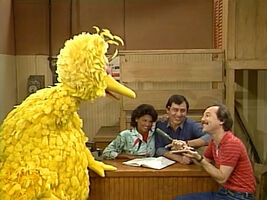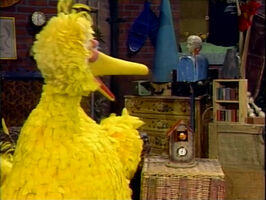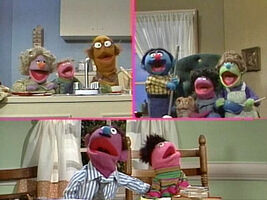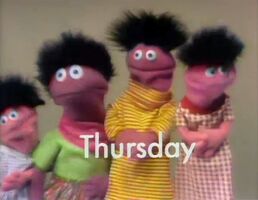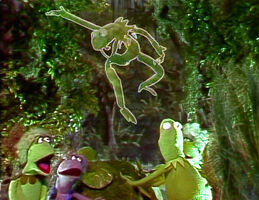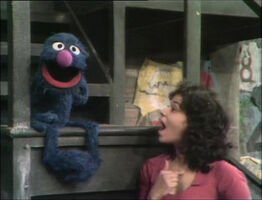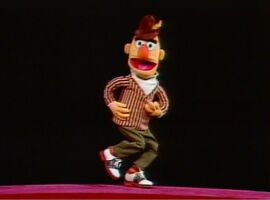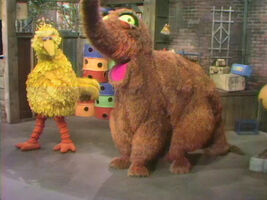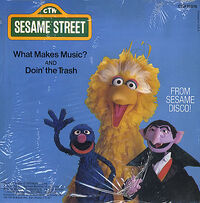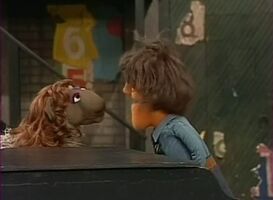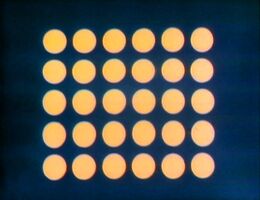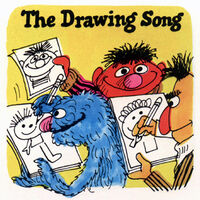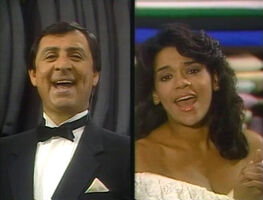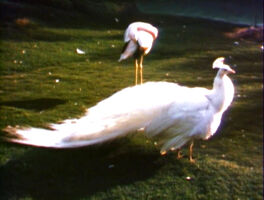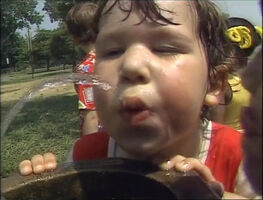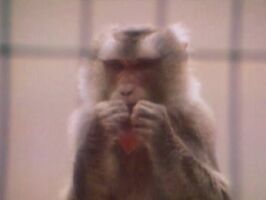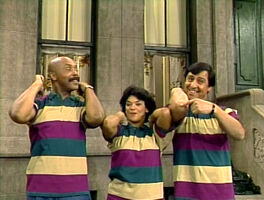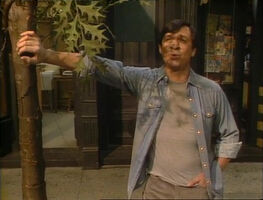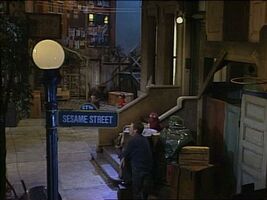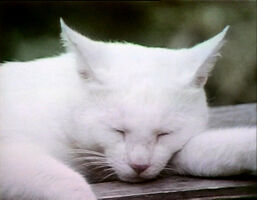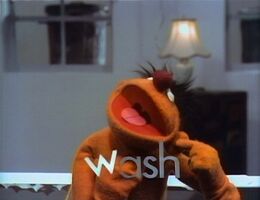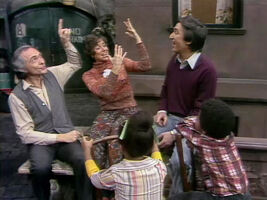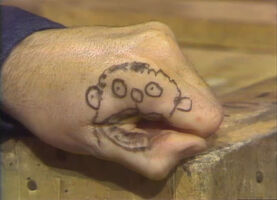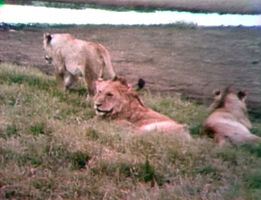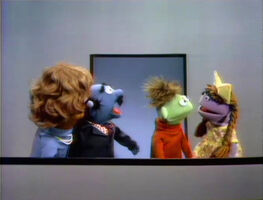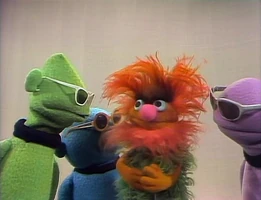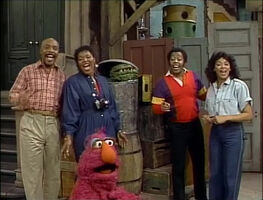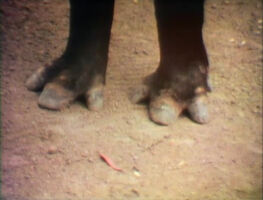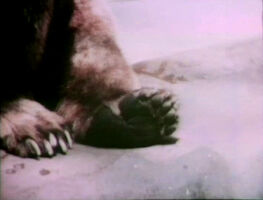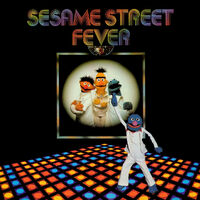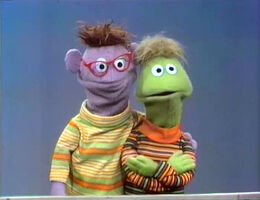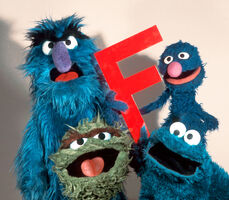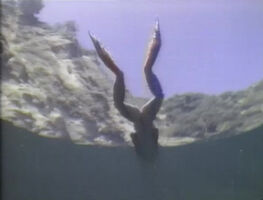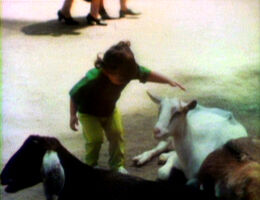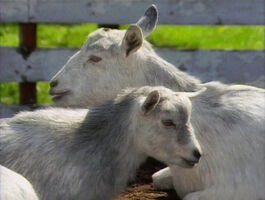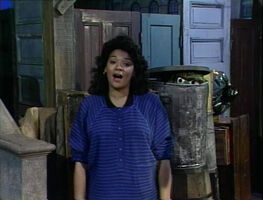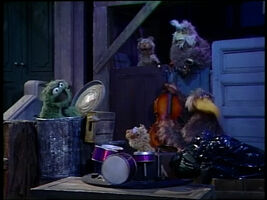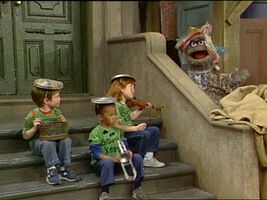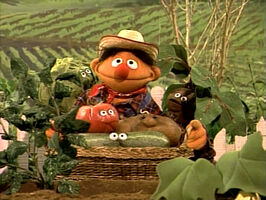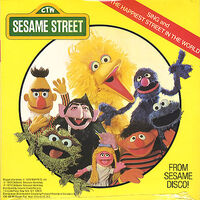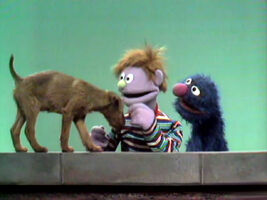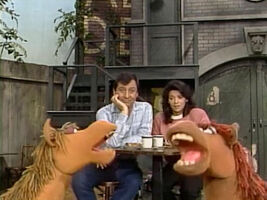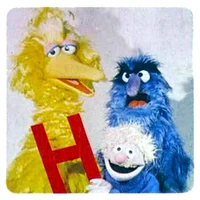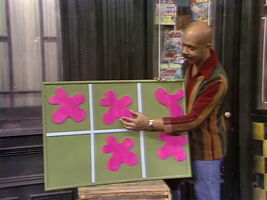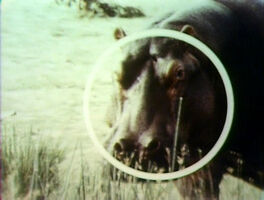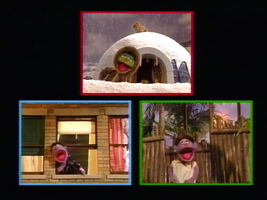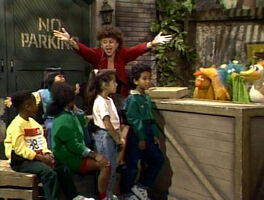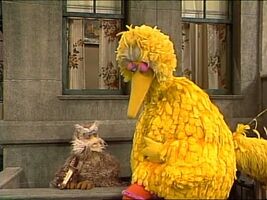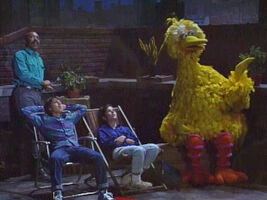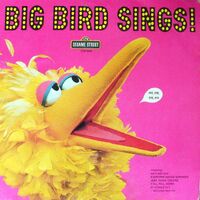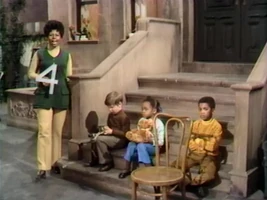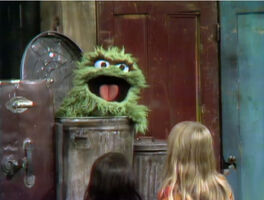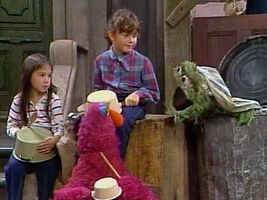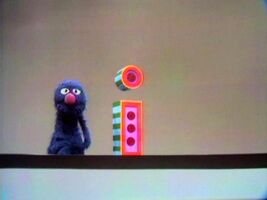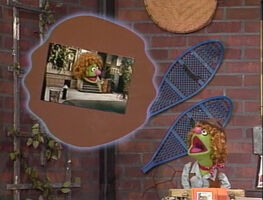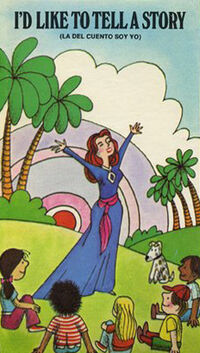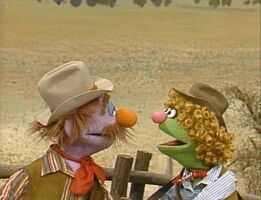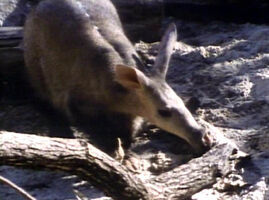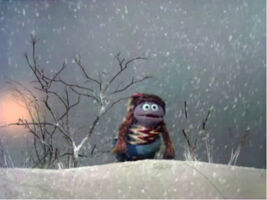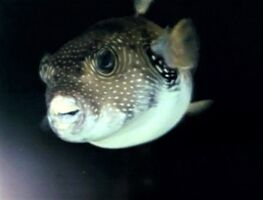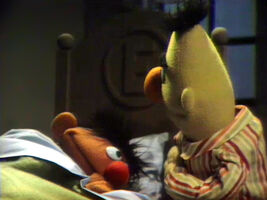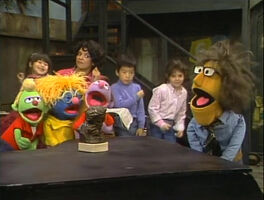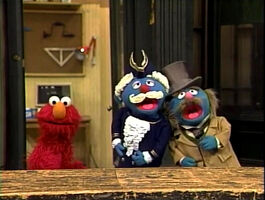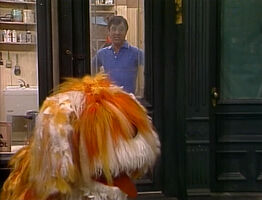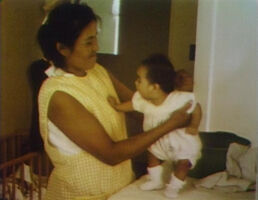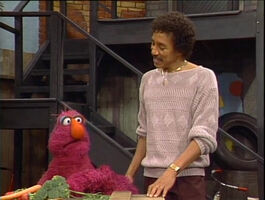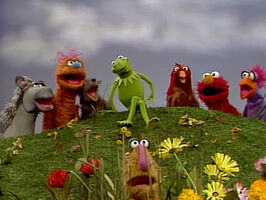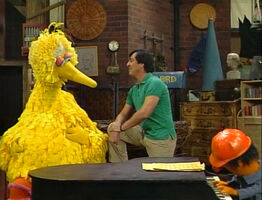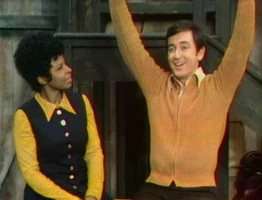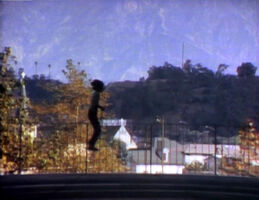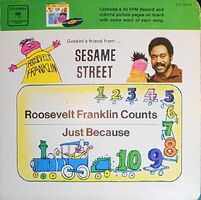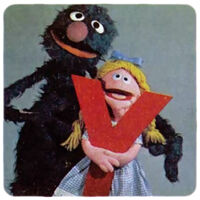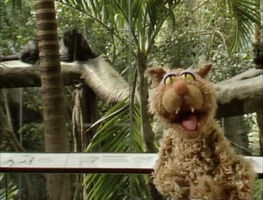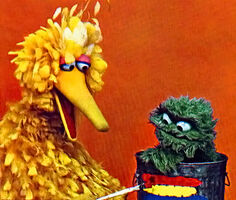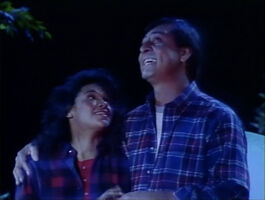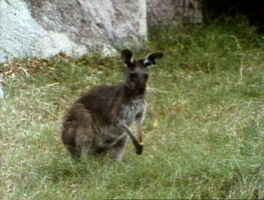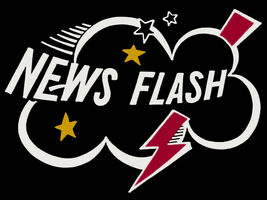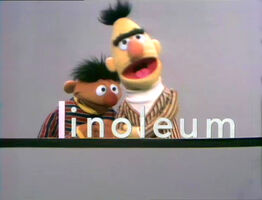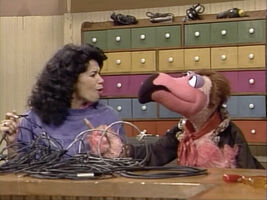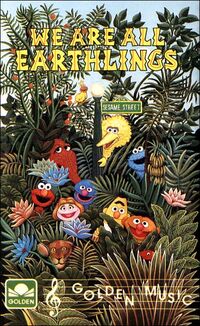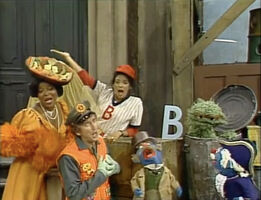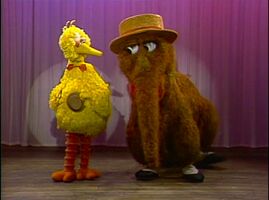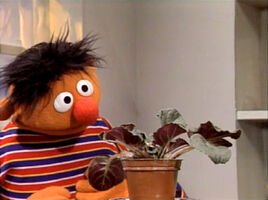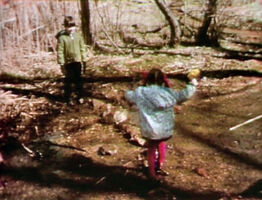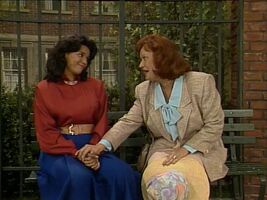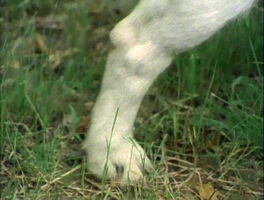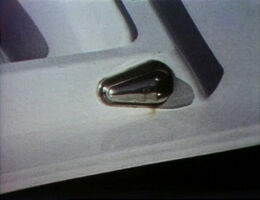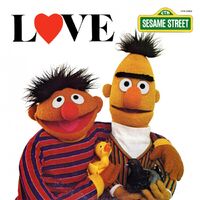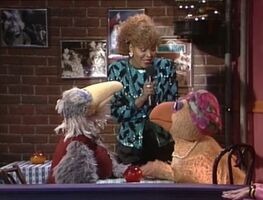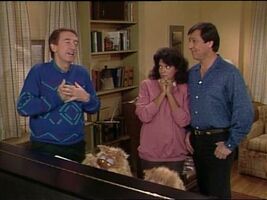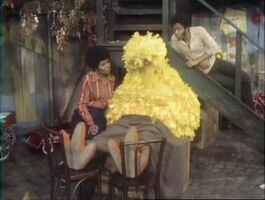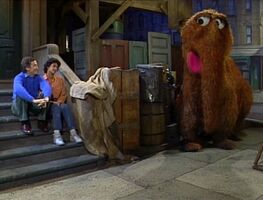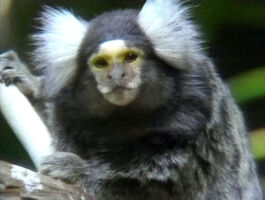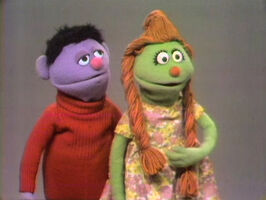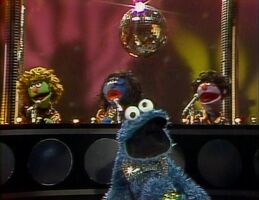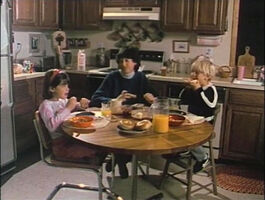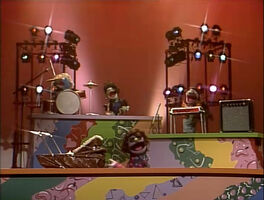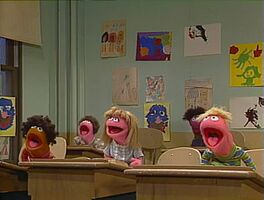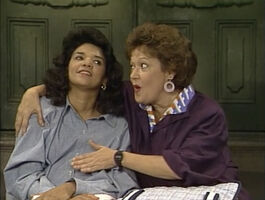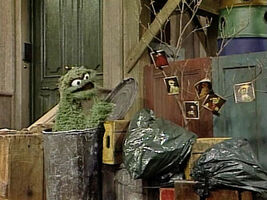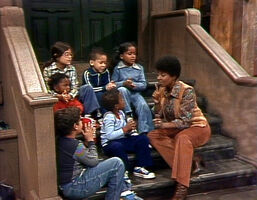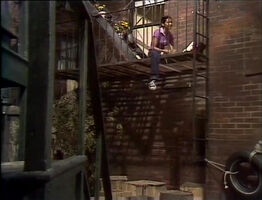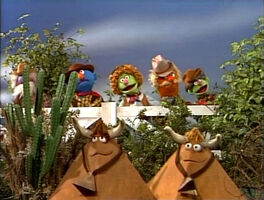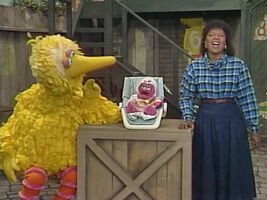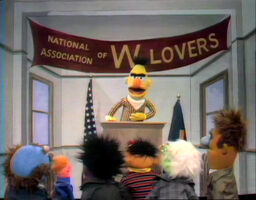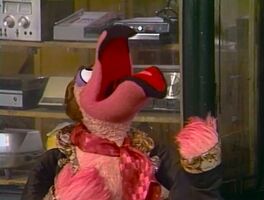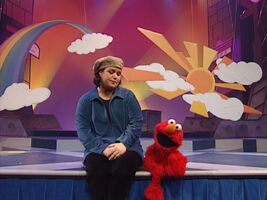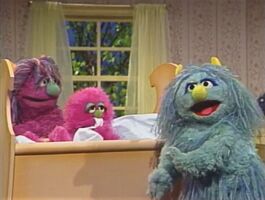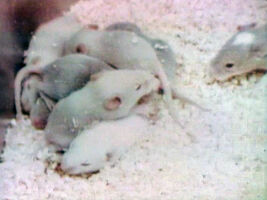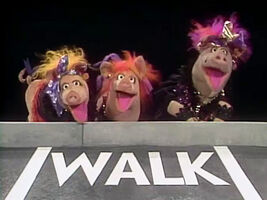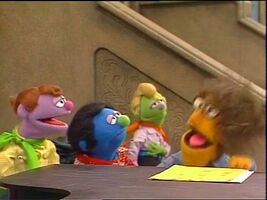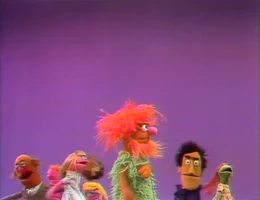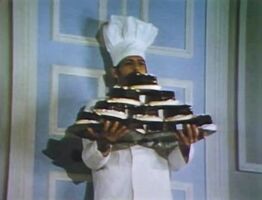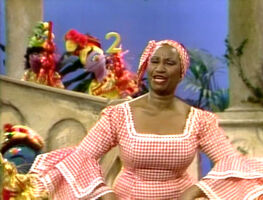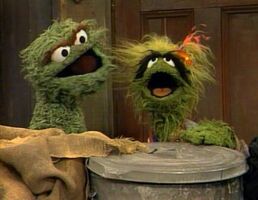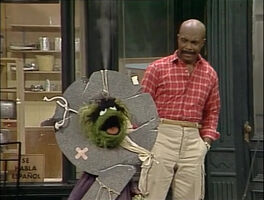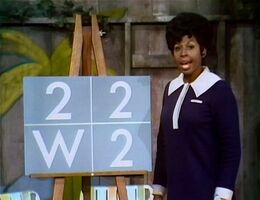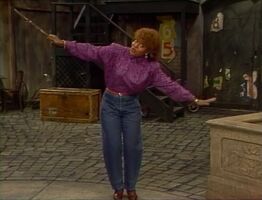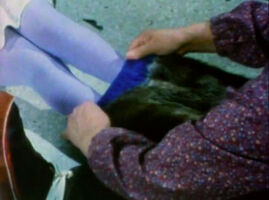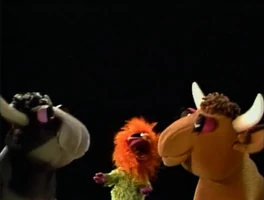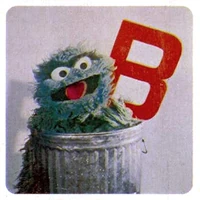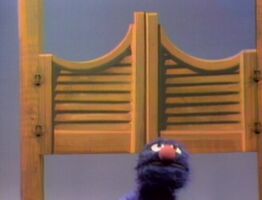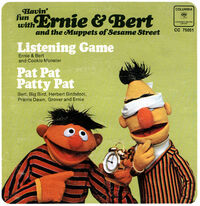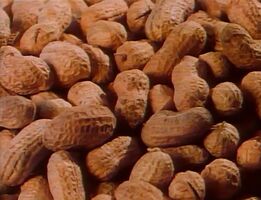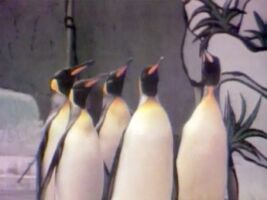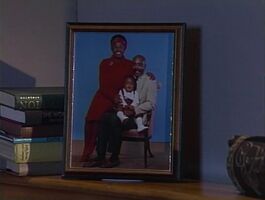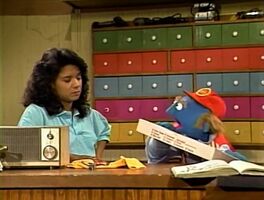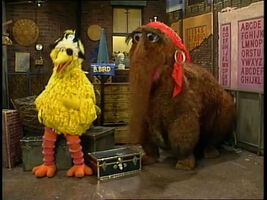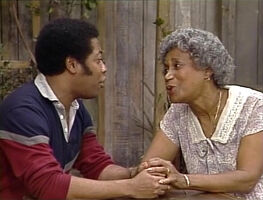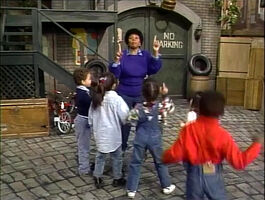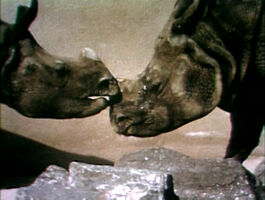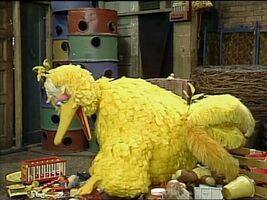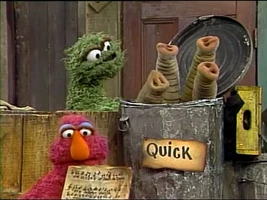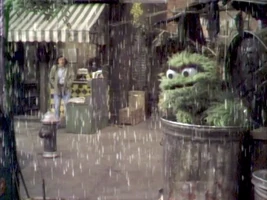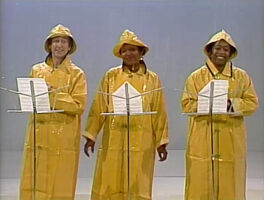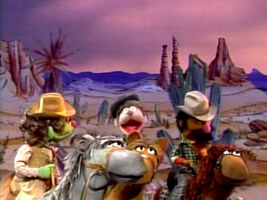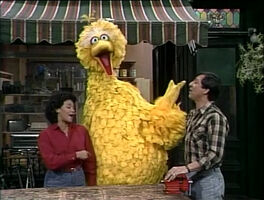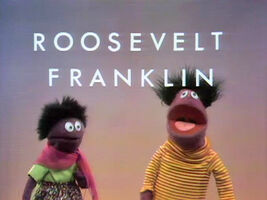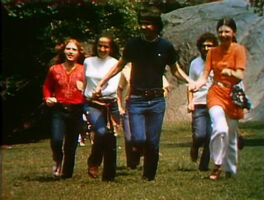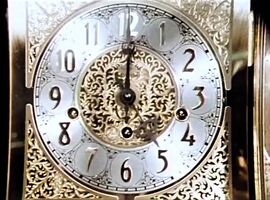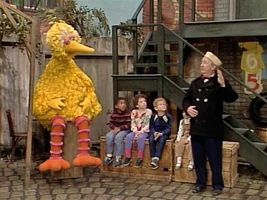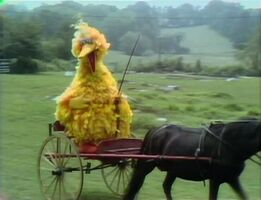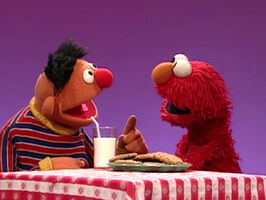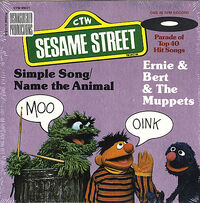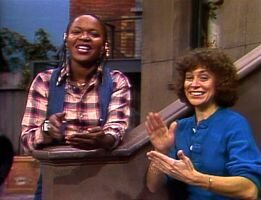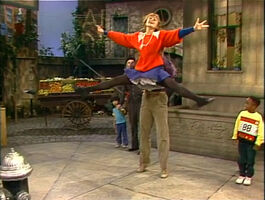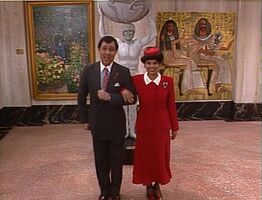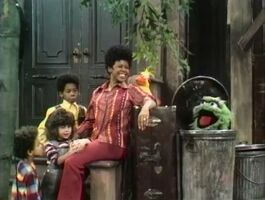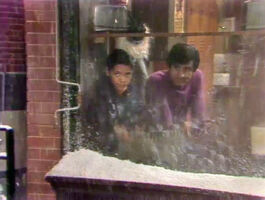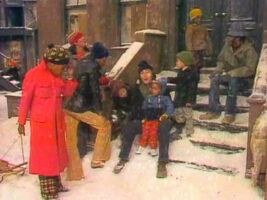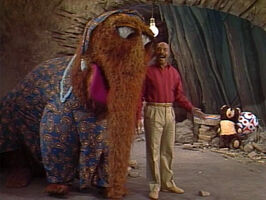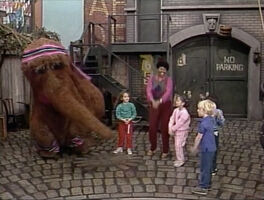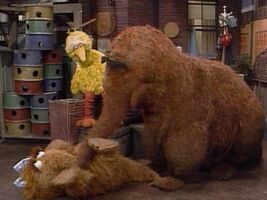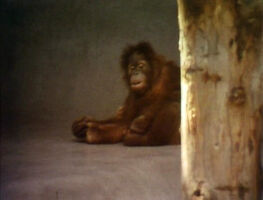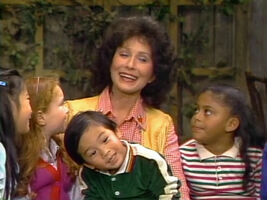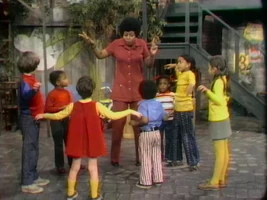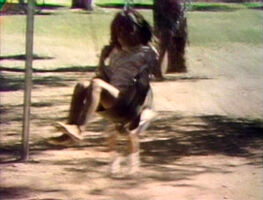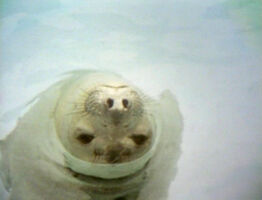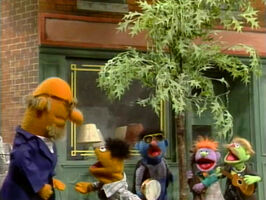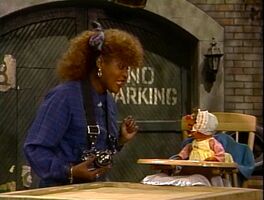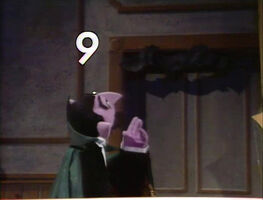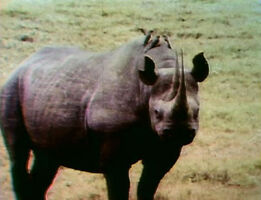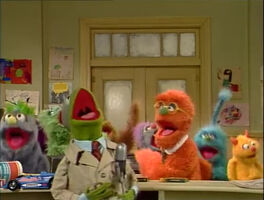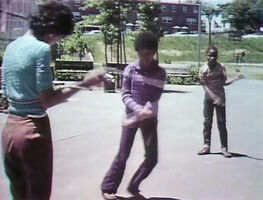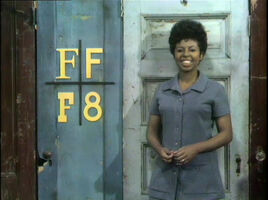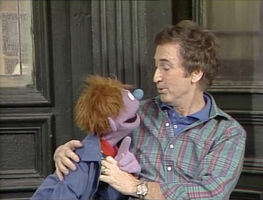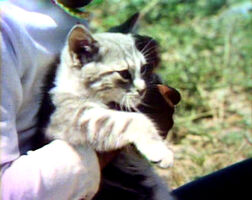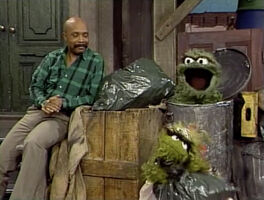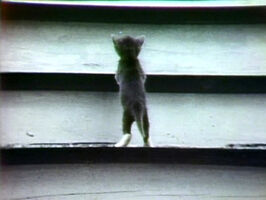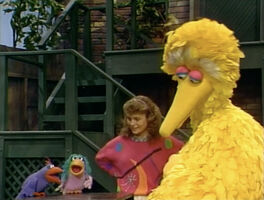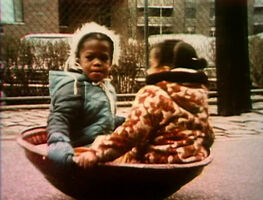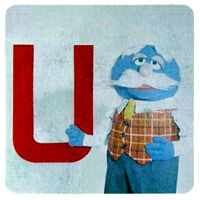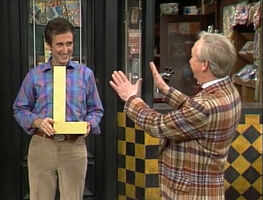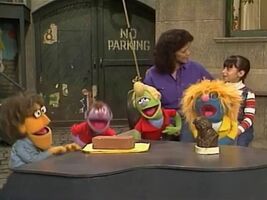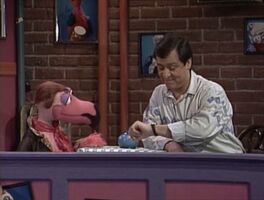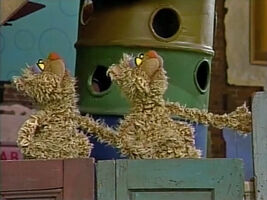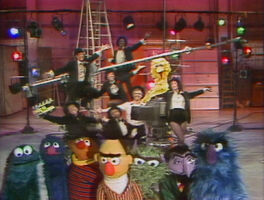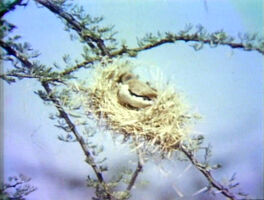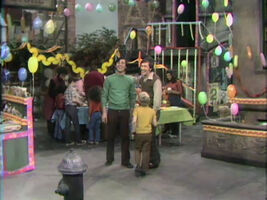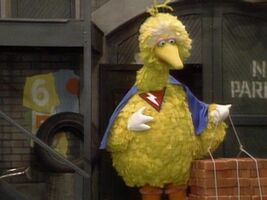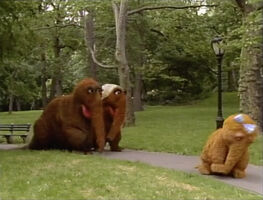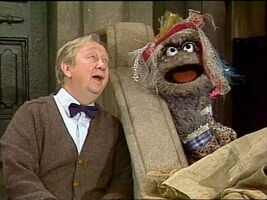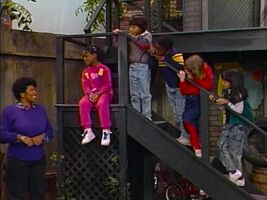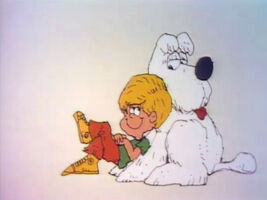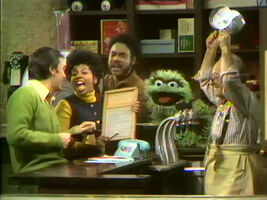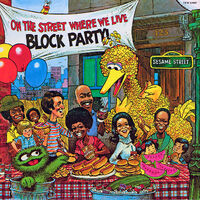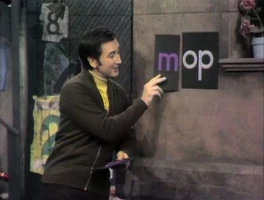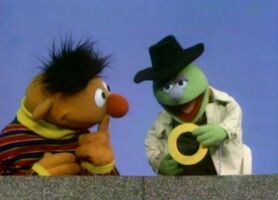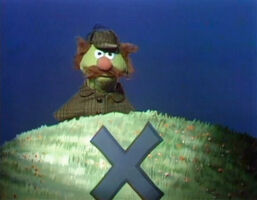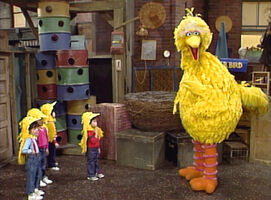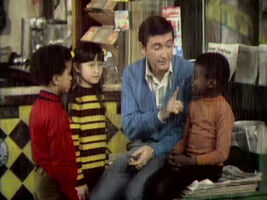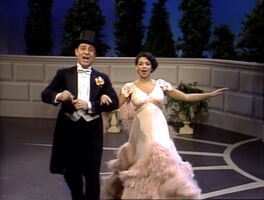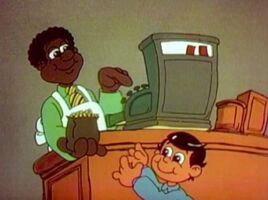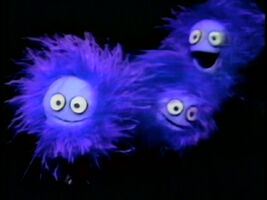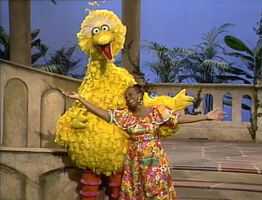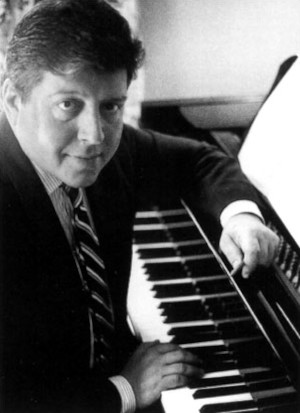
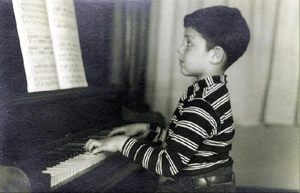
Raposo playing piano at the age of 6.
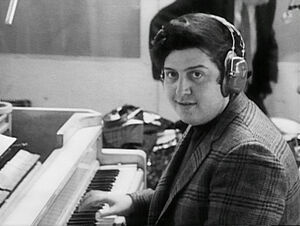
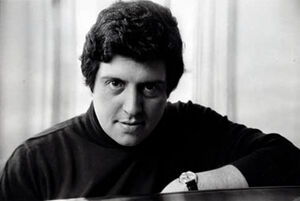
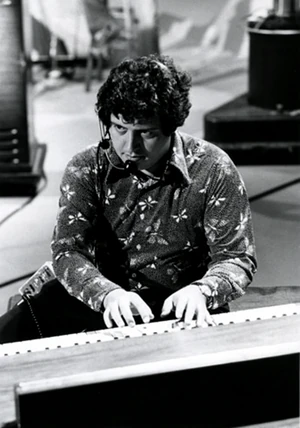
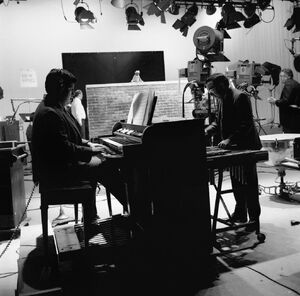
Joe Raposo (February 8, 1937 - February 5, 1989) was a composer who wrote songs, score, background cues, and other music for Sesame Street and other Muppet projects. Raposo created some of the best known Muppet songs, notably the "Sesame Street Theme," "Bein' Green," and "C Is for Cookie," and helped establish the musical sound of Sesame Street. Some of his Sesame Street songs have since become popular standards covered by everyone from the Carpenters to Barbra Streisand, including "Bein' Green" and "Sing."
Background[]
Joseph Guilherme Raposo was born in Fall River, Massachusetts, of Portuguese heritage. His father was a music teacher and conductor, but Raposo initially majored in law at Harvard College, where he graduated in 1958.[1] He soon began performing as a jazz piano accompanist and then studied at L'Ecole Normale de Musique in Paris with Nadia Boulanger instead of going on to law school.[2] While still at Harvard, he conducted an out of town tryout for a Broadway show, with his first scored musical Sing Muse! opening in 1961. Raposo subsequently moved from Boston to New York where he provided dramatic underscoring for Bertolt Brecht's A Man's a Man, served as musical director of Truman Capote's House of Flowers (1968) and wrote incidental music for Jackie Mason's Broadway comedy A Teaspoon Every Four Hours (1969). It was Sesame Street that brought Raposo widespread fame, however.
Work with Henson and Sesame[]
Raposo first worked with Jim Henson in 1965 on a television pilot based on the Cinderella fairy tale, which would be reworked a few years later as the special Hey Cinderella! Raposo scored and wrote songs for both incarnations of the project, and subsequently worked on Sesame Street, though he was chosen independently of Henson on the recommendation of Hey Cinderella! writer Jon Stone.[3] Serving as musical director for the first five seasons, Raposo initially wrote material for all aspects of the show, including the instrumental theme for the live action Buddy and Jim skits, and only occasionally collaborating with staff writers such as Stone, Jerry Juhl, Daniel Wilcox, and Jeff Moss (who contributed heavily to the show's musical sound himself), among others. As Raposo recalled, Sesame Street "just came along. It didn't have a name. It was a bunch of people meandering around trying to do a show for Public Television."[1] Most of his best known songs, however, soon fell into two groups: those written for Muppet segments and those for live action films, often sung by Raposo himself.
Of the Muppet tunes, some were jaunty, whimsical exercises in education, as with Cookie Monster's anthem "C Is for Cookie" or "Would You Like to Buy an O?" Others were slower and more contemplative, expressing the innermost thoughts, fears and desires of the characters, as with "Imagination," "Nobody," and especially Kermit's classic lament "Bein' Green." Such introspection resulted from Raposo's songwriting methods, a process he called "psychological dress-up":
Raposo's sound, often dominated by the piano over other instruments, was also a fixture of film inserts, usually played over footage of people or animals and performed by Raposo himself. As with the Muppets, Raposo's style as composer and singer varied in moods, from the comedic and even brash (adopting cartoonish voices for "What Do You Do With a Fruit?" or as the titular animal in "I'm an Aardvark") to the melancholy ("Somebody Come and Play") or soothing mood pieces ("Everybody Sleeps"). One of the few occasions when he lent his voice to songs written by others was "High, Middle, Low" (as the Anything Muppet singing "middle"). One Raposo classic which fits in neither of the above two categories is "Sing," performed in many different contexts on the show, and later covered by a variety of popular artists.
In fact, through his work on Sesame Street, Raposo deliberately set out to cross the forced boundaries between pop music and children's songs.
Raposo continued to work with Henson on The Great Santa Claus Switch and The Frog Prince (both with lyrics by Juhl) and went on to serve as musical director and song writer for CTW's follow-up to Sesame Street, The Electric Company. Raposo left Sesame Street after 1974 (replaced by Sam Pottle as musical director) contributing only occasional material (such as new songs for Sesame Street Fever) and would not return full-time until Season 15 in 1983, working more often with other lyricists. During that interim, Raposo continued to collaborate with Henson, scoring the pilot The Muppet Show: Sex and Violence (originating the "At the Dance" theme used on The Muppet Show) and both songs and score for The Great Muppet Caper, which garnered him an Academy Award nomination for "The First Time It Happens." He also worked on The Fantastic Miss Piggy Show and composed and produced all songs for Miss Piggy's Aerobique Exercise Workout Album.
Fame and Later Work[]
In 1970, "Bein' Green" was covered by Frank Sinatra, and as Raposo put it, "then I became famous."[1] Sesame Street took a backseat for a time to a wide range of projects in film, TV, and theater, as well as writing original songs for Sinatra and other singers. While still staff musical director for CTW, Raposo worked on You're a Good Man, Charlie Brown (1971) as musical arranger, supervisor, and composer of incidental music. Following his departure from Sesame in 1974, producer Richard Horner tapped Raposo to write all songs and score for the animated film Raggedy Ann & Andy: A Musical Adventure (finally released in 1977). One song from the film, "Blue," was later used on The Muppet Show (performed by Helen Reddy, who also covered the song on albums). "Blue" and "Rag Dolly" were later recycled by Raposo for the 1986 Broadway show Raggedy Ann (with a substantially different plot and several new Raposo tunes).
On a more adult level, Raposo composed music for the Three's Company theme song (with lyrics co-written by producer Don Nicholl) as well as the instrumental theme for its spin-off The Ropers. He returned to children's projects in the 1980s; collaborating with Theodor Geisel on three Dr. Seuss animated TV specials, composing music for the first Madeline animated special for HBO, incidental music for John Byrne's 6-part "Man of Steel" Audio Theatre adaptation of Superman in 1989, and writing the theme for Shining Time Station.
In the theater world, Raposo collaborated with Sheldon Harnick (lyricist of Fiddler on the Roof) on the cantata Sutter's Gold (1980), and A Wonderful Life (1986), a musical adaptation of It's a Wonderful Life which was performed largely in colleges and made its Broadway debut as an Actor's Fund benefit in 2005.
Legacy[]
Raposo died from lymphoma on February 5, 1989, three days before his 52nd birthday. He was survived by his wife Pat Collins, three sons, and a daughter. The special Sing! Sesame Street Remembers Joe Raposo and His Music, hosted and directed by Jon Stone, aired in memoriam, and a tribute album was released commemorating his work on Sesame Street. In 2004, a short children's book about Raposo, A Boy and His Music, was written by Odete Amarelo and Gilda Arruda with illustrations by Josette Fernandes.[5] Raposo's songs continue to be heard on Sesame Street, and his name appeared in the credits for original songs up to Season 40.
Compositions[]
Sesame Street[]
Henson Projects[]
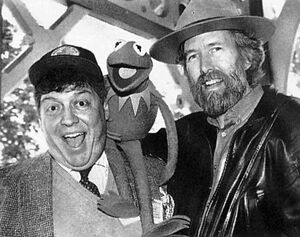
Joe Raposo, with Jim Henson and Kermit.
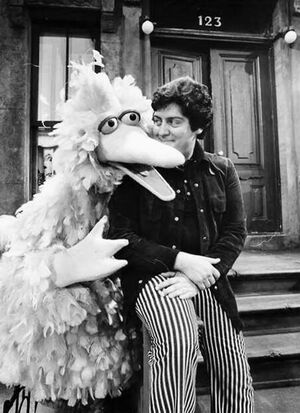
Joe Raposo with Big Bird.
- Run, Run (music)
- Hey Cinderella! (music and lyrics)
- The Great Santa Claus Switch (composer and conductor, no lyrics)
- The Ed Sullivan Show ("The Glutton" score)
- The Frog Prince (composer and conductor, no lyrics)
- Out to Lunch (music and lyrics)
- The Muppet Show: Sex and Violence (score and songs, including "At the Dance" theme)
- The Great Muppet Caper (score and songs)
- The Fantastic Miss Piggy Show (arranger, conductor, all original songs and cues)
- Miss Piggy's Aerobique Exercise Workout Album (music, lyrics, and album producer)
See also[]
Sources[]
- ↑ 1.0 1.1 1.2 1.3 Canemaker, John. The Animated Raggedy Ann & Andy. Bobbs-Merill, 1977. p. 81-87
- ↑ Flint, Peter B. "Joseph G. Raposo Is Dead at 51; Helped to Create 'Sesame Street'." The New York Times. February 6, 1989
- ↑ Davis, Michael. Street Gang: The Complete History of Sesame Street, Viking, 2008, p. 159
- ↑ "Beatles and Beethoven, Move on Over: The Seventies Sound is Sesame Street." Children's Television Workshop Newsletter. January 20, 1971. CTW Archives.
- ↑ The Herald News "‘Sesame Street’ composer Raposo the subject of new children’s book" Kathleen Durand, 09/18/2004
External links[]
- Joe Raposo.org
- IMDb
- Lortel Off-Broadway credits
- "Jim Henson's Red Book" entries: 3/29/1982, 12/9-11/1988

